Toyota Vs Ralph Nader: Get A Hearing Aid

A few days ago I wrote about Ralph Nader asking Toyota to break down their somewhat suspect figure of “$1,000,000 every hour” on safety. Well, quite surprisingly, Toyota answered back.
USA Today reports that Toyota issued “a statement” which addressed these issues (but didn’t mention Ralph Nader) and they still stand by their figures. “While the yen and the dollar are constantly fluctuating, we believe that over the course of the year, Toyota’s R&D spending will average about one million U.S Dollars an hour…the amount set forth in our advertisements.” said the statement. Hang on a minute. Nader didn’t want to know your R&D budget. How much did you spend on safety? They won’t tell him.
Well, listen to the advert again: “That’s why we’re investing one million dollars every hour. To improve our technology, and your safety.” So, the figure was never exclusively for safety, which means anything can get lumped into that figure. Research on air conditioning units, more comfy seats, etc.
But hey, they said “our technology, and your safety.” It’s Nader’s problem if he’s hard of hearing.
The cited statement also mentioned a study by Booz & Co. that stated that Toyota spent more on R&D than any other company. It also mentions that next year, the figure being spent on “their technology and our safety” will come in at $8.4 billion. Just slightly lower than last year.
[ED: A press release is nowhere to be found. We called Toyota HQ in Japan, and they don’t have it either. They are digging for it. It could have been made over the phone. Once we have it, you’ll have it.]
[Ed2: We tracked down Mike Michels at Toyota USA. He confirmed that they did not issue a press release regarding Nader, because he did not issue any public statement. He provided a letter directly to USA Today, so Toyota responded directly to USA Today. USA Today has the letter, and you have it now, too:]
Regarding recent questions about Research & Development investment, Toyota spent 725.3 billion yen, or approximately $8.9 billion, in fiscal year 2010 on technology and safety development. This is outlined in Toyota Motor Corporation’s public financial reports, which can be found at this web site: http://www.toyota.co.jp/en/ir/library/annual/pdf/2010/p18_19.pdf.
In May 2010, Toyota Motor Corporation projected spending 760 billion yen on R&D during the fiscal year ending March 31, 2011. The exchange rate used for those projections was 90 Japanese yen to the dollar. As a result, Toyota is expecting to spend approximately $8.44 billion on R&D in the current fiscal year. With the yen and dollar currencies constantly moving up and down against each other, we thus believe that, over the course of the year, Toyota’s R&D spending will average around one million U.S. dollars per hour – the number set forth in our ads.
Further, in a recent study, the consulting firm Booz & Company identified Toyota as spending more on Research and Development than any other corporation in 2009, the third straight year Toyota has held that distinction. That study can be found here: http://www.booz.com/media/uploads/Innovation_1000-2009.pdf
In fact, the auto industry is typically a leader in R&D spending. According to that same Booz & Company study, the auto industry spends $86 billion per year on research and development, more than any other manufacturing industry. According to the study, for 2009, three out of the world’s top 10 R&D companies were automakers.
In our effort to develop the cars and technologies of the future, Toyota’s Research & Development commitment has generated numerous advancements in the interrelated areas of vehicle safety, quality, durability and sustainability.

More by Cammy Corrigan
Latest Car Reviews
Read moreLatest Product Reviews
Read moreRecent Comments
- MaintenanceCosts I already set out total costs, so this time I'll list what's had to be done on my cars (not counting oil changes, recall, or free services):2019 Bolt (25k mi): new 12v battery, pending tires & battery cooling service2016 Highlander (from 43k to 69k mi): new front rotors, new pads all around, new PCV valve, 2x 12v batteries, light bulbs, pending tires2011 335i (from 89k to 91k): new valve cover gasket, new spark plugs, light bulbs, pending rear main seal1995 Legend (from 185k to 203k): timing belt/water pump, new EGR valve + pipe, struts, strut bushings, drive axles, tie rods, rear control arms, other suspension bushings, coolant hose & brake lines throughout, belts, radiator, valve cover gaskets, new power antenna, 12v battery, coils, spark plugs, tires, rear pads... it's an old car!
- VoGhost Consistent with CR's data. I've spent about $150 total on the Model 3 in six years of ownership, outside of tires.
- VoGhost It's just plain sad that Posky doesn't know that EV batteries are warrantied for 8 years / 100K miles.
- Jkross22 It used to be depreciation was the most expensive part of car ownership. Seems like those days are over (New EVs and lux cars excluded). Maintenance + insurance have taken over. Dealerships offering 2 years of maintenance means nothing. That's $200 tops. It's the unexpected repairs - a wiring harness, computer module, heater core, AWD problems - that will cost dearly. Brakes can be expensive since many cars now can't have rotors resurfaced. Even independents are charging a lot for this work.
- FreedMike VW tossed in two years' maintenance on my car, and the next one's due after the lease is up. But all the car's needed has been oil changes and tire rotations. Unfortunately, the OEM tires (Hankook Kinergy) were unrepentant trash and needed to be replaced at around 23,000 miles. So...my maintenance cost over over a little under three years has been t $800 for the new tires. That sucks, but the new tires (Goodyear Eagle Sport) are a massive upgrade over the Hankooks. Ah well.
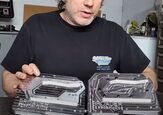
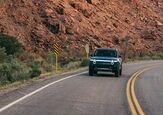
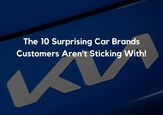






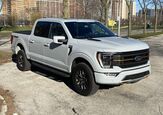






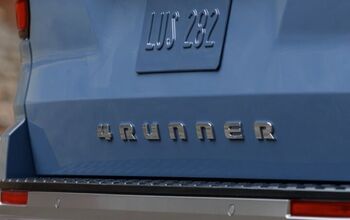
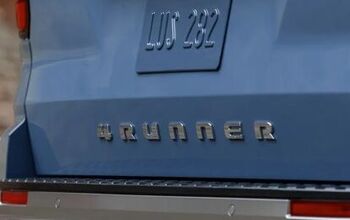
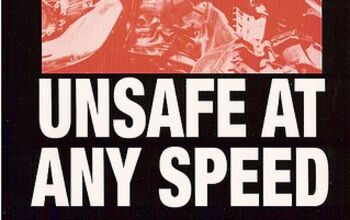
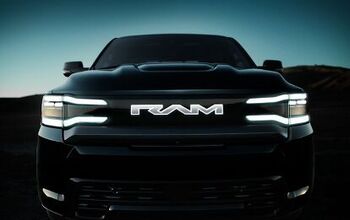
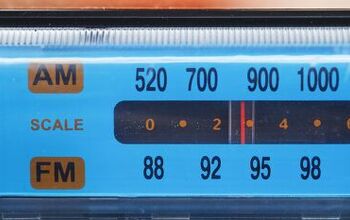
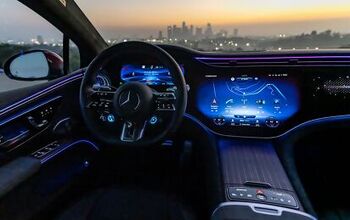

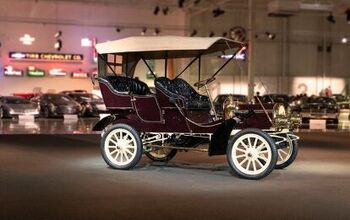
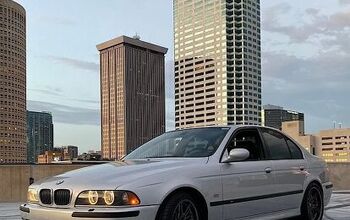
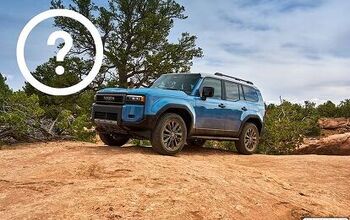
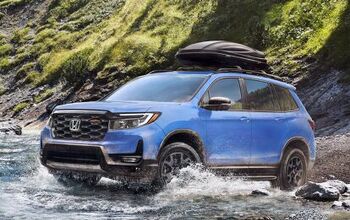
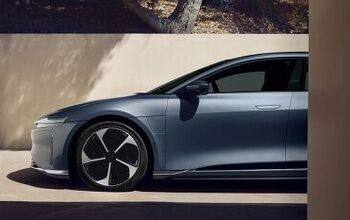
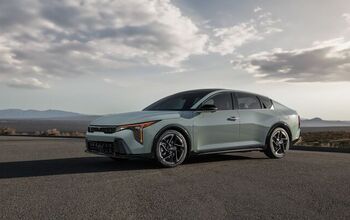
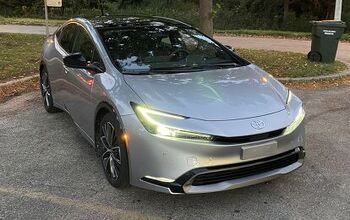
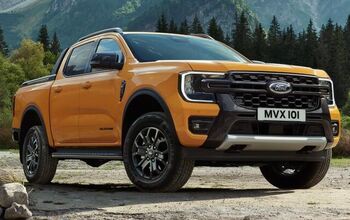

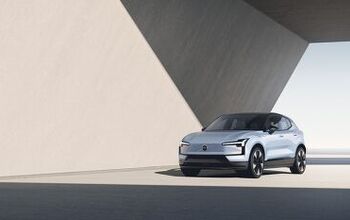
Comments
Join the conversation
The government cleared the Corvair if you pulled a dumb-ass stunt and let half the air out of the front tires like the manufacturer said to. The later models with the re-designed suspension was the real-world solution to the substandard original design. Instead of also fixing the engine issues they ran from the whole car. They (and we) paid a price for that unfortunate decision. Ford read from the Corvair playbook and convinced themselves games with tire air pressure was a fine solution to the bad Explorer suspension design. They failed to read the fine print where GM got their ass kicked in courtrooms from shore to shore. Ford toughed it out and builds a much-improved product.
I scratch my head about Nader. Like geeber said, he did some good things, which led to some necessary reforms in the auto industry. He seemed to "jump the shark" too many years ago, though, and have no idea of what he stands for anymore. Toyota, on the other hand, 1 million per hour on R&D, and the milquetoast Camry and Corolla are all we get? Well, their logos on their cars are bigger than almost everyone else's, so I suppose that's money well spent!